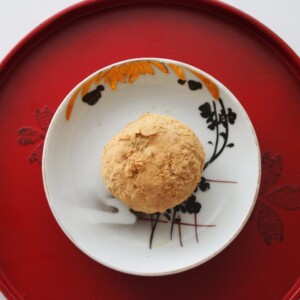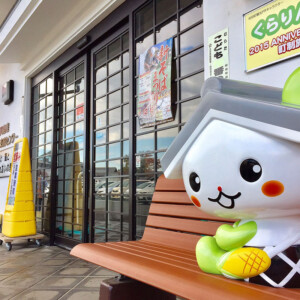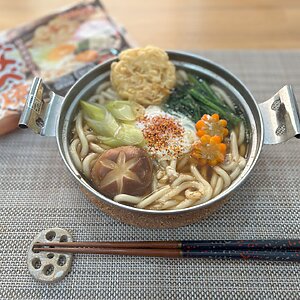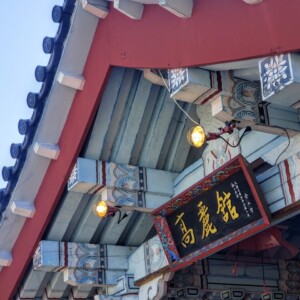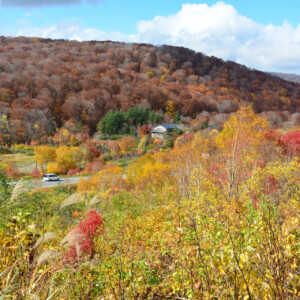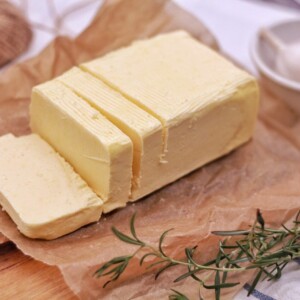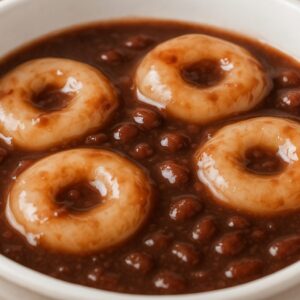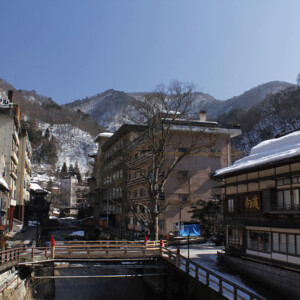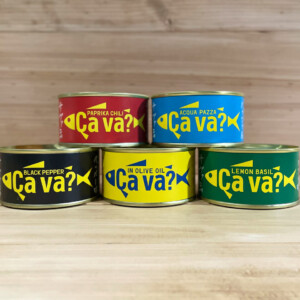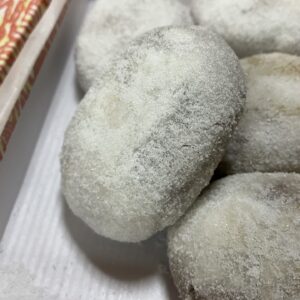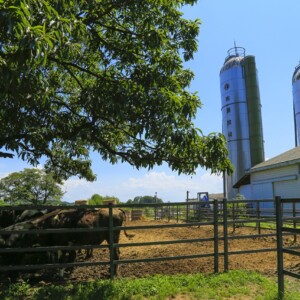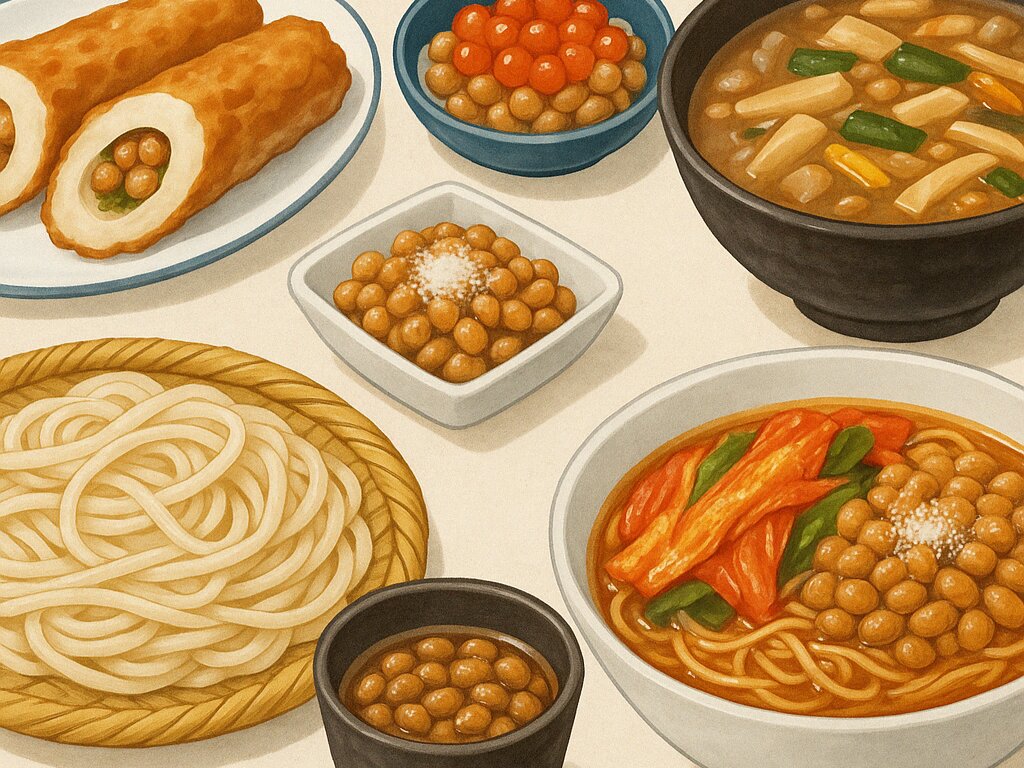
Tohoku's natto culture is amazing! Introducing unique natto dishes from the six Tohoku prefectures [A must-see for natto lovers]
table of contents
When you think of natto, you may think of it as it is for breakfast, but in the Tohoku region, the flavors are different. In Tohoku, where a fermented food culture is taking root, natto is also deeply ingrained as a local food culture, and each prefecture has many unique recipes.
In this article, we will introduce natto dishes from six Tohoku prefectures, as well as focusing on the "hikiwari natto culture," which is not often seen in other regions.
Why is the natto culture rich in Tohoku?

Because it is a fermented food that can be preserved
The Tohoku region is extremely cold in winter, and in the past highly preserved foods were popular. Natto has become popular as a home-staple food, as it increases its nutritional value by fermenting soybeans and is well preserved to some extent. Just like miso and pickles, it is a part of the " fermentation culture " and is deeply rooted in the Tohoku diet.
A wide variety of natto types and recipes
When you walk through a supermarket in Tohoku, you will be amazed at the fullness of the natto sales area. A wide range of unique products from local manufacturers are lined up, and each one is packed with ingenuity. Perhaps thanks to this, different ways of eating each household and region have been passed down from generation to generation, and natto is widely used as a seasoning and ingredient. One of the charms of Tohoku is that it has simple yet unique ways to eat it, and you can feel the local culture with just one natto.
Is "hikiwari natto" the mainstream in Tohoku? What is the difference?
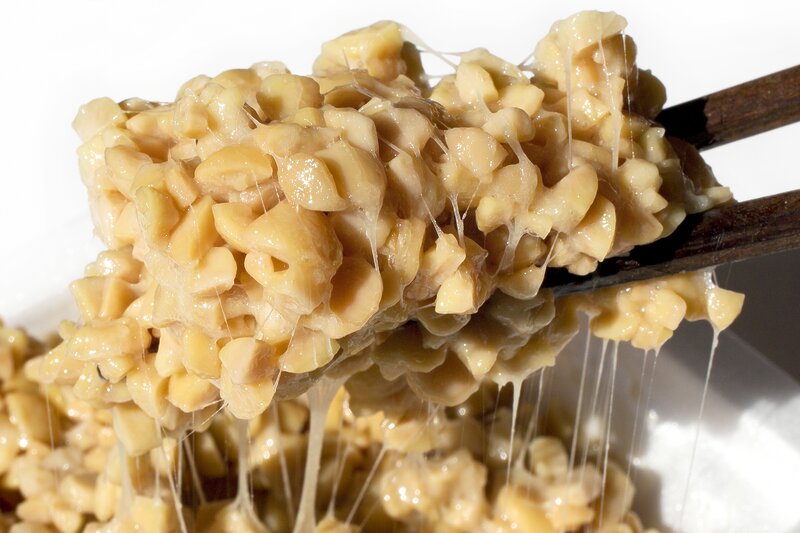
generally sell extremely finely chopped " hikiwari natto It is particularly loved in Akita Prefecture, where it originated, and is still popular in nearby prefectures such as Aomori and Yamagata prefectures. In the Kanto and Kansai, there are many small and medium-sized natto, but in Tohoku, the ultra-fine type is popular.
This tepid natto is easy to mix into dishes and is not too sticky, making it suitable for home arrangements. In particular, in Yamagata and Aomori, the style of "tossing" with pickles and other ingredients is the mainstream, and it is thought that this is the result of the demand for natto that suits its purpose.
As it is difficult to find outside the prefecture, it seems that when residents of Tohoku buy natto in other regions, they often find it "the grains are too large and difficult to use."
Introducing unique natto dishes from the six Tohoku prefectures
Chikuwa Natto (Aomori Prefecture)
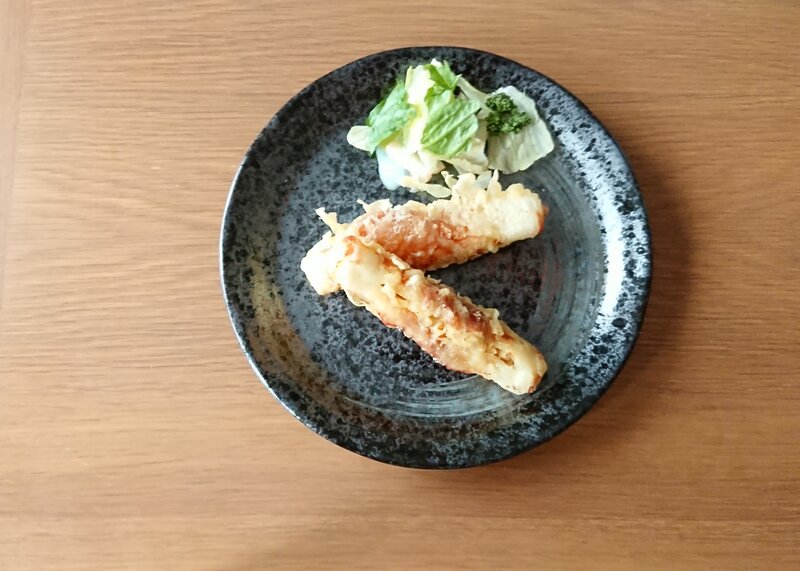
chikuwa natto is popular, made from chikuwa stuffed with natto and fried Although it is a simple home-cooked dish, it goes great with fragrant chikuwa and natto, making it a versatile dish that can be used as a side dish or as a snack. It is delicious when placed in a bento box and is popular as a home standard dish.
Muscle Natto (Aomori Prefecture)
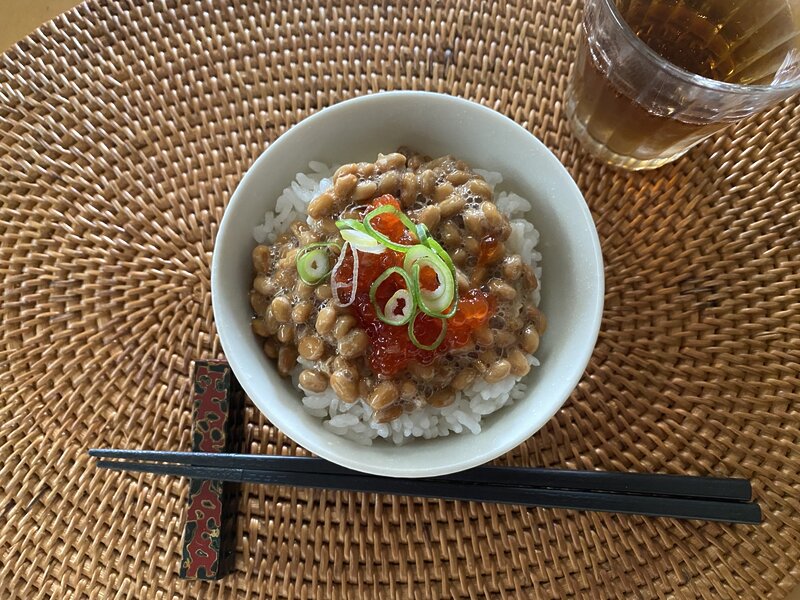
Musico Natto (Dazaidon) ," is also a popular item, where you can mix and mix musico and natto on rice This is a dish that was loved by the famous literary master, Dazai Osamu. The salty muscular and mellow natto go perfectly with the delicious taste. The photo uses grain natto, but it is common to use tiny natto. This combination that is unique to Aomori, goes well with rice, and visitors from outside the prefecture may be surprised.
Natto soup (Akita Prefecture, Yamagata)
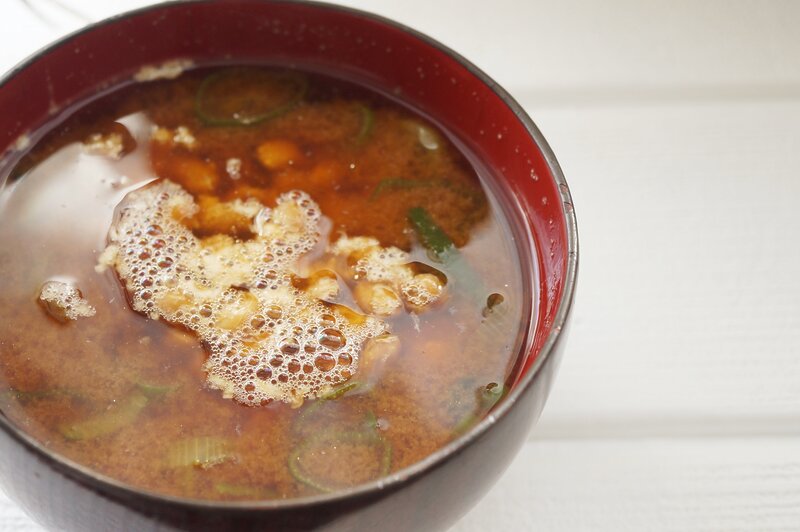
Natto soup is an essential part of the winter in Akita . This is a warm soup made by simmering natto in a mortar and simmering it in miso along with root vegetable mushrooms. The richness of natto blends in and warms the body from the inside out on cold days. It goes well with rice and adds a gentle flavor to the dining table.
Add sugar to natto (Akita Prefecture)
In Akita Prefecture, where natto is consumed a lot, the style of eating natto with sugar is popular.
However, it seems that older people tend to prefer to eat, rather than younger people. The addition of sugar makes it more sticky and accentuates the original taste of natto. By adding not only sugar but also soy sauce, you can create a rich natto that looks like it was finished with dashi soy sauce. This is an arrangement that natto lovers should definitely try.
You may be surprised at first, but the sweet and salty flavor is surprisingly addictive. In some households, they are mixed with soy sauce to make it sweet and spicy.
Pickled natto (all Tohoku)

pickled natto is a common that is eaten by mixing natto with finely chopped pickles However, it is also eaten in Ibaraki and Niigata prefectures, so dishes made with natto and pickles may be popular nationwide.
The saltiness and fermented flavor combine to make rice as many bowls as you like. The pickles used vary from home to home, such as radish, cucumber, and green vegetables, and you can enjoy each taste.
Hippori Udon (Yamagata Prefecture)
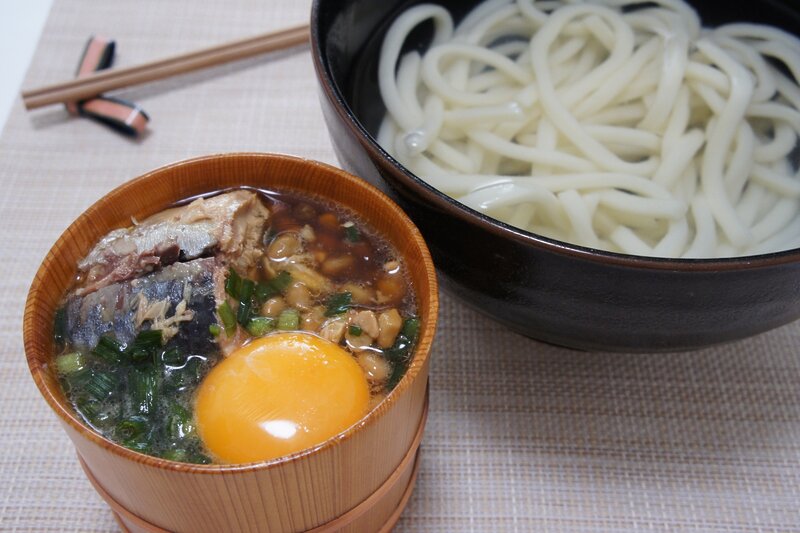
Hippari Udon is a classic dish from inland Yamagata . It is eaten with boiled udon noodles and sauce made from natto, canned mackerel, green onions, eggs, etc. It's easy to use ingredients in the refrigerator, and the deliciousness of the natto makes it a timeless taste that never gets boring. It is said that the name comes from the way it is eaten by "snapping" from the pot and scooping the udon directly.
Kimchi Natto Ramen (Iwate)

Ramen topped with kimchi and natto is very popular in Iwate Prefecture. It is no exaggeration to say that Yanagiya's kimchi natto ramen which originated in its origin, The mellowness of the natto and the spicy taste of the kimchi combine, and surprisingly blends well with the soup. The volume and synergistic effect of fermented foods make it a addictive filling.
summary
The Tohoku region has a unique food culture that brings out the fullest appeal of natto. There are surprisingly many variations, such as combining them with chikuwa, styko, pickles, or incorporating them into soups and ramen. Furthermore, the natto style, which is typical of the region, represented by "hikiwari natto", is also worth noting.
If you're a natto lover, you'd like to visit Tohoku at least once. You're sure to find a new way to enjoy natto.




